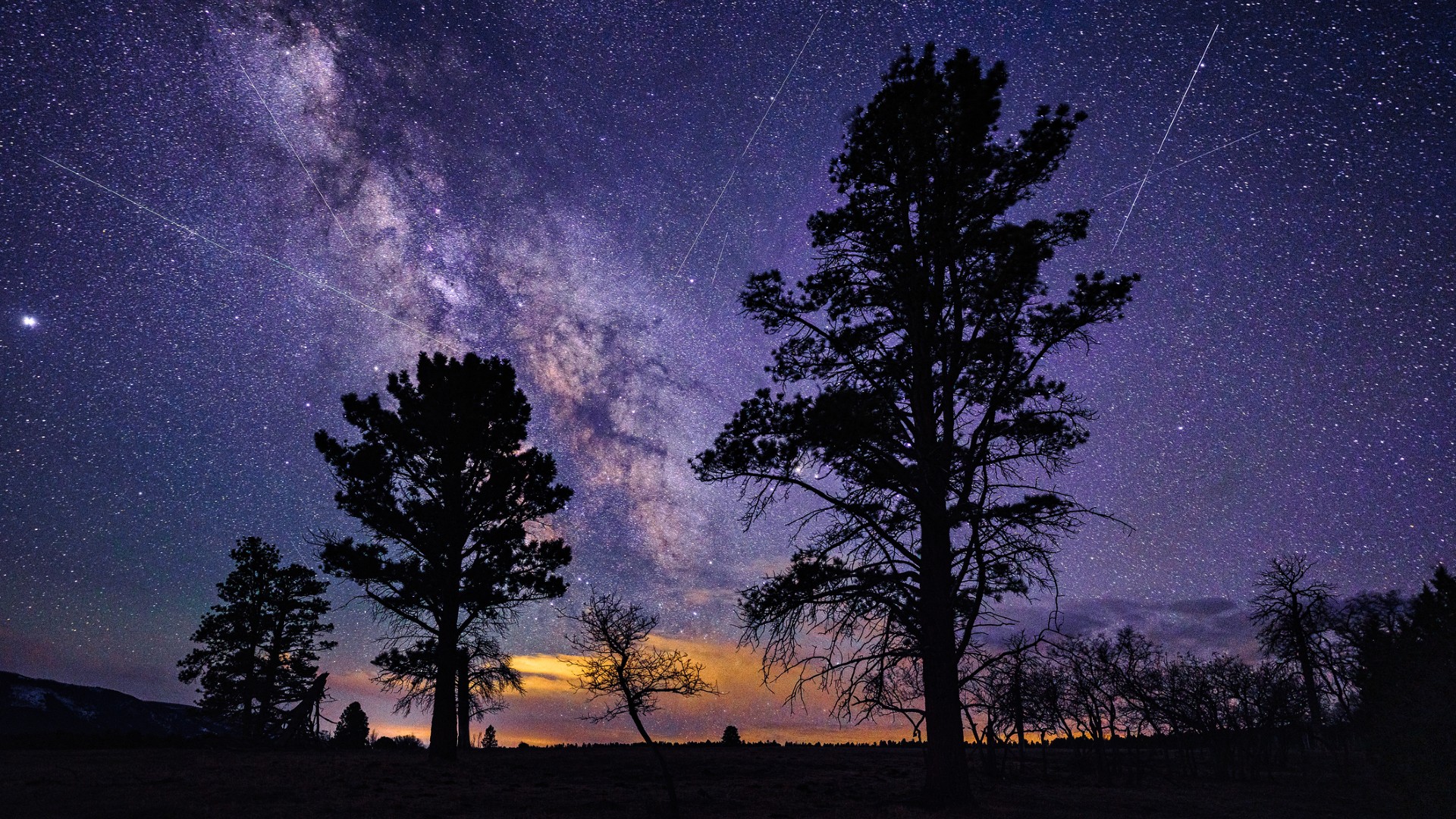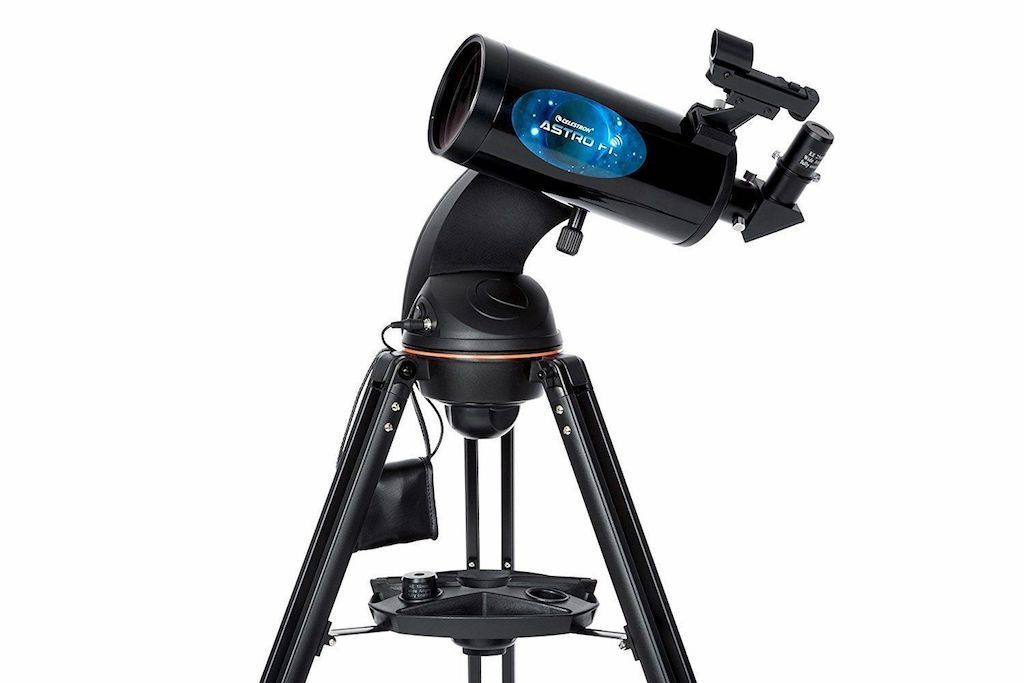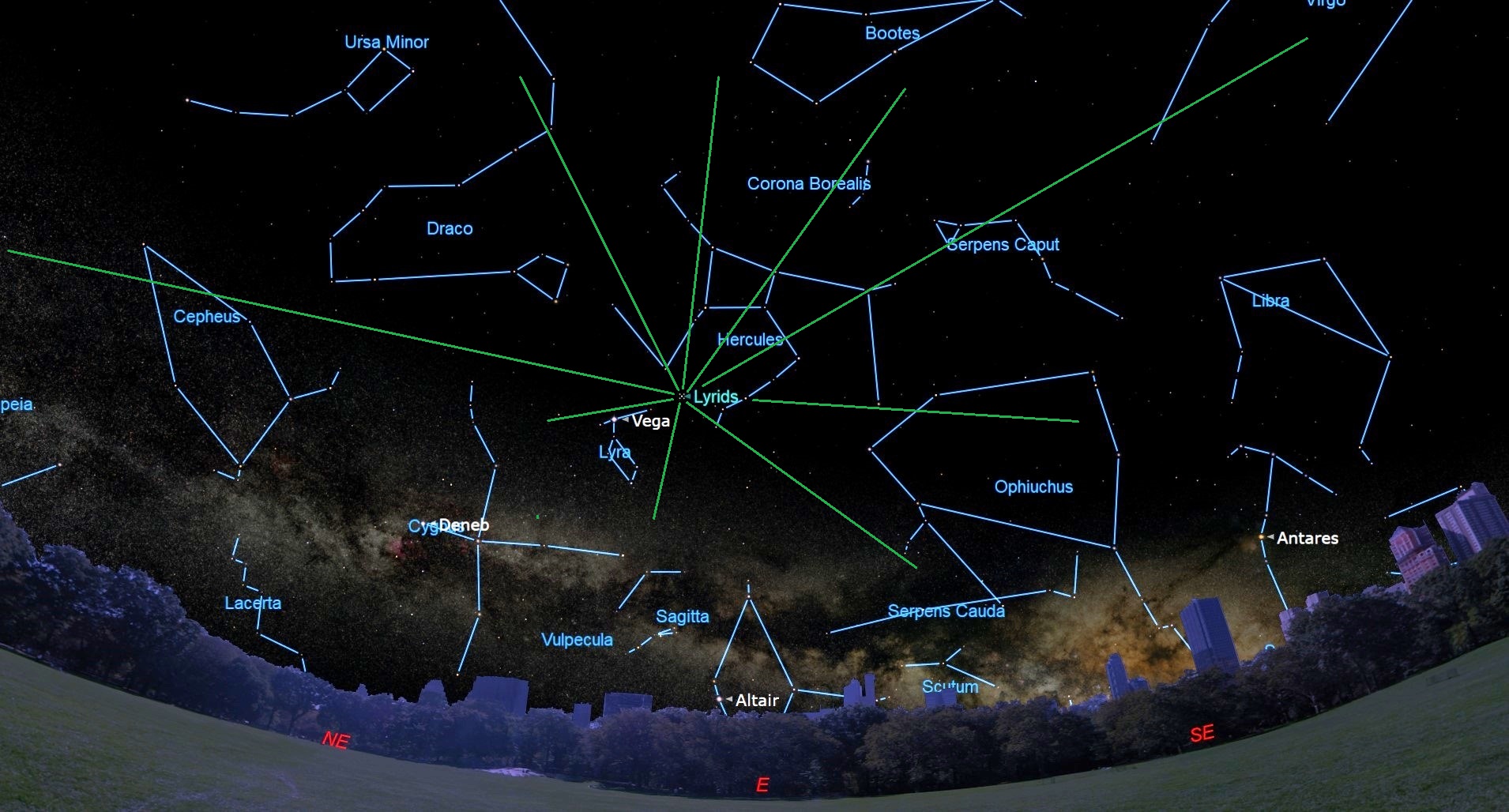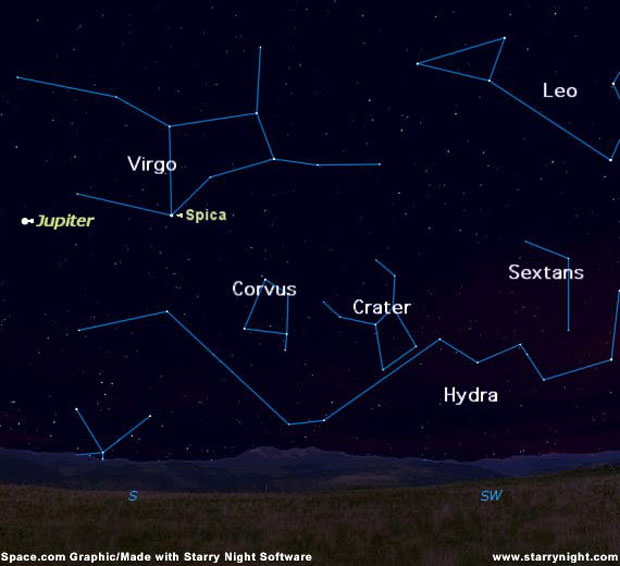
Those who enjoy watching the sky for "shooting stars" will have an opportunity this weekend to observe an old and reliable meteor display: The April Lyrids.
These meteors are among the oldest known, with ancient records of them dating back nearly 27 centuries. The Lyrid meteor shower is also the first significant meteor shower to appear since the Quadrantid meteor shower, which made its appearance on January 3. Since that time — almost 16 weeks — the celestial calendar has been devoid of any significant meteor displays.
Notes NASA meteor expert, Peter Jenniskens, "The annual Lyrid shower ... has always been my favorite. After the low (meteor) rates in the cold months of February and March, this shower is the proverbial 'swallow of spring' for observers in the northern hemisphere."
And in addition to the Lyrids, there is also a small chance to get a glimpse of some dazzling fireball meteors from a completely different meteor swarm. Although probably much more erratic and far less reliable than the Lyrids, it's still worth looking for; one could call it a "wild card" for meteor observers.
Related: Lyrid meteor shower 2023: When, where & how to see it
A faithful meteor shower

Looking for a telescope to observe the Lyrid meteor shower or anything else in the sky? We recommend the Celestron Astro Fi 102 as the top pick in our best beginner's telescope guide.
The Lyrids are an annual display of fairly fast meteors that may be seen any night from April 16 to 25. They generally produce over one-half of their maximum in numbers for about a day or two centered on the date of their peak activity; this year, the peak is predicted to fall during the evening hours of April 22. However, as we will soon point out, "prime-time" for looking for these meteors will come during the predawn hours on Sunday, April 23. Unlike last year, when a bright last-quarter moon provided some hindrance with its light, this year the moon will pose no interference whatsoever. It will be a slender sliver, setting in the west before 11 p.m. and leaving the rest of the night dark for prospective meteor watchers.
A single observer during the peak may count anywhere from 10 to 20 meteors per hour.
The Lyrids have been described as being rich in faint meteors, but with some occasional bright ones. British meteor expert Alastair McBeath notes that the Lyrids are capable of producing meteors that are "... spectacularly bright, with approximately 20-25-percent leaving persistent trains."
Where and when to look
But the true way to distinguish a Lyrid from any other meteors seen around the same time is that its trail points back to near the dazzling blue-white star Vega. You'll see this star sitting about 10 degrees above the northeast horizon at around 10 p.m. local daylight time (your clenched fist held at arm's length is equal to roughly 10 degrees); by around 1:30 a.m. it will have climbed to a point halfway up in the eastern sky. Actually, the radiant, or point from which these meteors originate, is just to the southwest of Vega, on the border between Vega's little constellation of Lyra (hence the name "Lyrids.") and the dim, sprawling constellation of Hercules.
The Lyrid radiant is at its highest (right overhead for the southern states and not far off it for anyone at mid-northern latitudes) at 4:30 a.m. — about the time that dawn begins to break.

Historic accounts
The Lyrids are following in the orbit of Comet Thatcher, which swung past Earth in 1861 and is not expected to return until sometime around the year 2276.
There are a number of historic records of meteor displays believed to be Lyrids, notably in 687 B.C. and 15 B.C. in China, and A.D. 1136 in Korea when "many stars flew from the northeast." On April 20, 1803, numerous townspeople in Richmond, Virginia, were roused from their beds by a fire alarm and were able to observe a very rich display between 1 and 3 o'clock. The meteors "seemed to fall from every point in the heavens, in such numbers as to resemble a shower of skyrockets." The rate was estimated at 700 per hour!
In 1922, an unexpected Lyrid hourly rate of 96 was recorded. In 1945, a Japanese observer counted 112 meteors (most of them Lyrids) in only 67 minutes, while in 1982 several observers based in Florida and Colorado saw 90 to 100 Lyrids per hour.
So, it seems that sometimes there can be unexpected surprises with the Lyrids, although calculations by some meteor scientists suggest that the next outburst of activity isn't due until perhaps the year 2040.
Fireball wild card
Over the years, during the last half of April, irregular numbers of very bright meteors have been seen coming from the southern part of the sky. These fireballs sometimes drop as meteorites, and they might be the remnants from a broken-up asteroid instead of a comet.
Such speculation dates back to the 1960's thanks to the similarity between the calculated orbits of a shadow-casting fireball that passed over northern New Jersey on April 23, 1962 and a bolide (exploding meteor) which dropped meteorites over England, Wales and Northern Ireland on April 25, 1969.
The noted meteor astronomer Charles P. Olivier (1884-1975) utilized 80 observations to compute an orbit for the 1962 fireball, while British workers used a computer at the University of Liverpool to analyze over 300 sightings of the 1969 bolide. The result showed that both objects have remarkably similar orbits. Their radiant appears to be very near to the constellation of Corvus, the Crow, a little four-sided figure of fairly bright stars, like a triangle whose top has been removed by a slanting cut. You can readily identify it this week by facing due south around 11 p.m. local daylight time.

When and where to scan the sky
Using the observations of the 1962 and 1969 fireballs, I've determined that a "window of opportunity" for possibly making another fireball sighting would come between 5 p.m. Eastern Daylight Time (EDT) on April 23 through 7 p.m. EDT on April 25. So across North America, the nights of Sunday, April 23 and Monday, April 24 offer the most promise. Prior to midnight, potential candidates would appear to streak out from the south-southeast part of the sky, while after midnight they would appear to come from the south-southwest.
Back in the June 1970 Journal of the British Astronomical Association, Keith B. Hindley and Howard G. Miles suggested that: "The period April 23-26 should be covered in the future by amateur and professional groups in the hope of recording further associated fireballs and perhaps meteorite falls."
If you're hoping to catch a look at the Lyra constellation or the Lyrid meteor shower, our guides to the best telescopes and best binoculars are a great place to start.
And if you want to take the best photos of the night sky that you can, check out our guides on how to photograph meteors and meteor showers, the best cameras for astrophotography and best lenses for astrophotography.
Joe Rao serves as an instructor and guest lecturer at New York's Hayden Planetarium. He writes about astronomy for Natural History magazine, the Farmers' Almanac and other publications. Follow us on Twitter @Spacedotcom and on Facebook.







